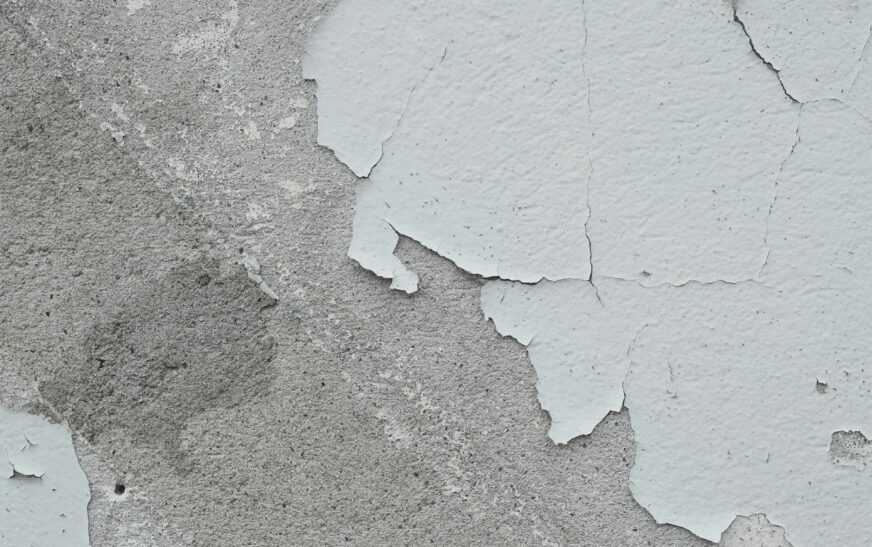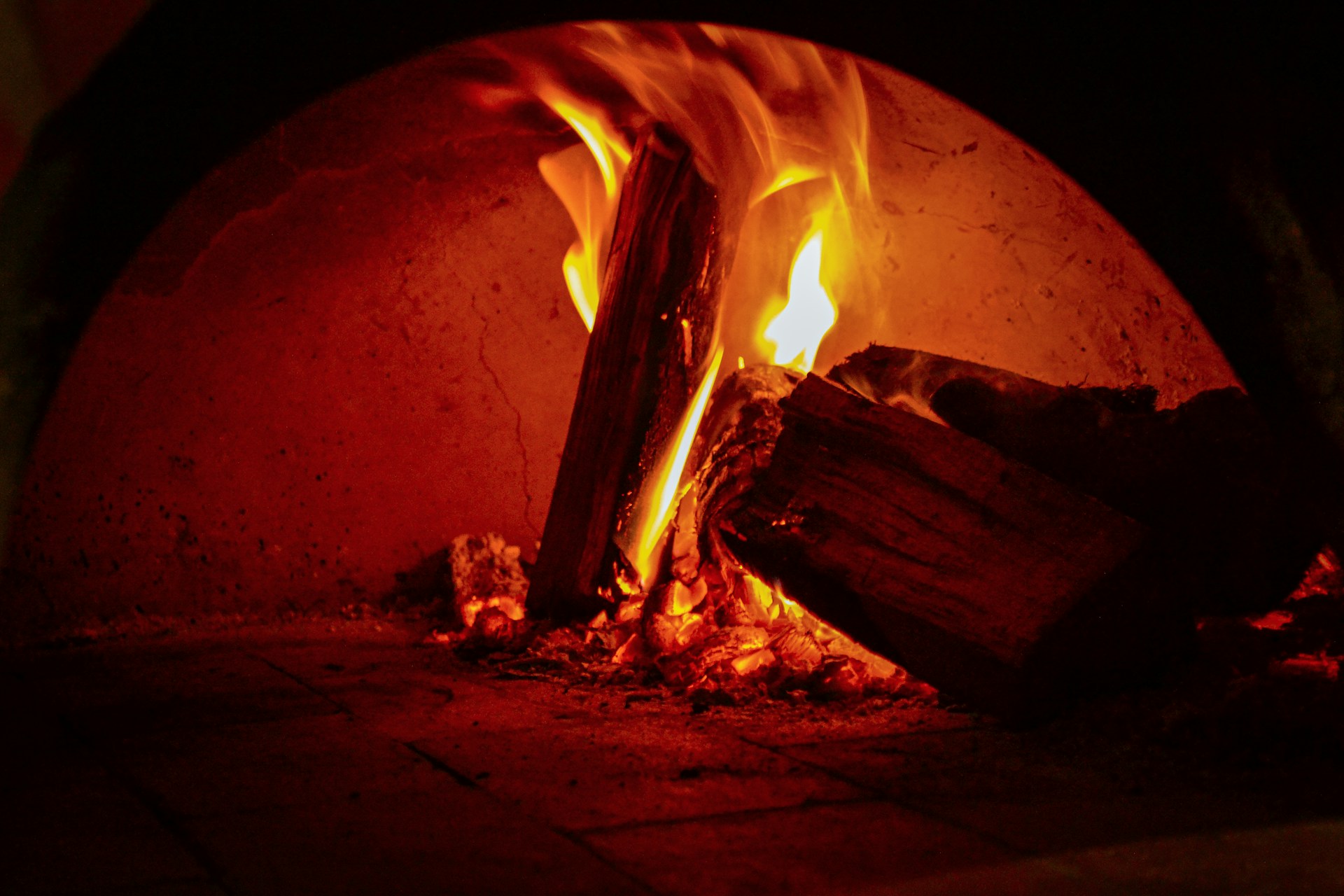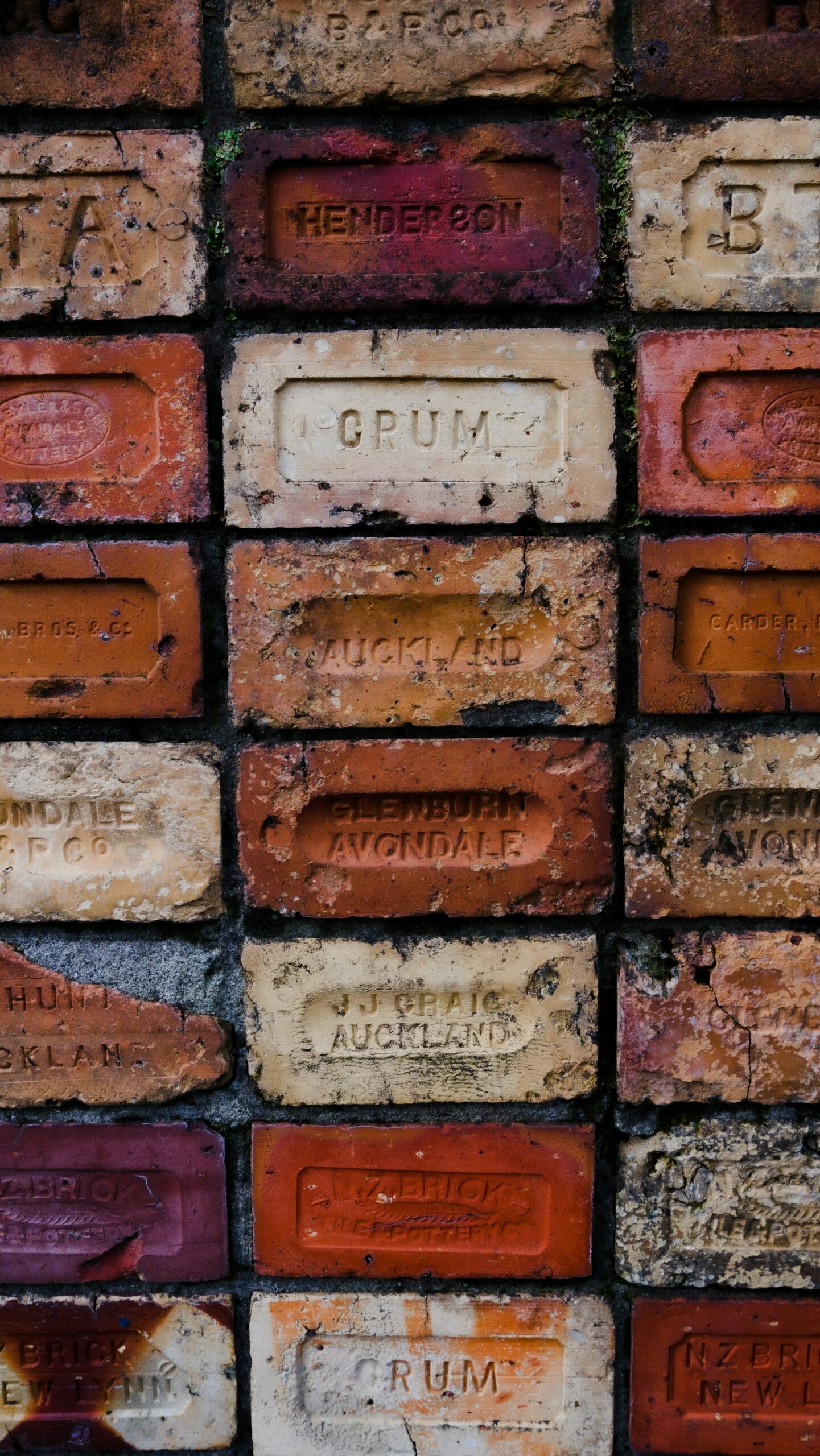Brick has character. It tells a story. But when someone slaps layers of paint on it—whether decades ago or in the name of a trend—it can hide all that texture and charm. So the real question becomes: how do you get old paint off brick without turning it into a disaster zone?
How to Remove Old Paint from Brick
The answer: patience, the right tools, and a plan. Here’s how to do it carefully, step by step.
Step 1: Check Your Brick First
Not all bricks are created equal. Some are modern and tough, others are old, handmade, and crumbly. Before you start scraping or spraying, ask yourself:
- Is the paint peeling or stuck tight?
- Has it been painted multiple times?
- Is the wall inside or outside?
- Is the mortar stable and intact?
Your answers will guide which method is safest—and prevent you from turning your wall into rubble.
Step 2: Mechanical Methods – Scraping & Brushing
For small areas or lightly coated surfaces, simple tools like a paint scraper or stiff wire brush can work wonders.
Word of caution: don’t go at it like you’re sanding a floor. Aggressive scrubbing can gouge the brick or damage mortar joints. Test a hidden spot first. Gentle, short strokes are your friends.
Step 3: Chemical Paint Removers for Masonry
When paint is thick or stubborn, chemical strippers designed for brick and masonry are usually the most effective.
Look for:
- Gel or paste formulas that cling to vertical surfaces
- Low-VOC or environmentally safer options
- Peel-away systems with a paper overlay for easy cleanup
How to use:
- Apply with a brush.
- Let it sit as directed (sometimes hours, occasionally overnight).
- Scrape or rinse away carefully.
Safety first! Ventilate well, wear gloves, and follow all manufacturer instructions. Your lungs and hands will thank you.
Step 4: Pressure Washing (Handle with Care)
Pressure washing can work wonders on exterior brick but is risky. Too much force can erode the brick face or mortar.
- Use a wide-angle tip.
- Start at low pressure (500–800 PSI).
- Keep the wand moving; don’t linger in one spot.
Never use this on interior or fragile brick walls.
Step 5: Natural Methods – Vinegar, Baking Soda & Patience
If you’re a DIY purist or tackling small areas, natural options like vinegar-and-water or a baking soda paste can help soften thin, chalky paint or grime.
Heads up: this method takes patience, multiple applications, and elbow grease. Best for touch-ups, not full restorations.
Step 6: Sanding – Light and Strategic
After paint removal, light sanding with a fine-grit pad can smooth leftover residue.
Avoid heavy-duty sanders or grinders. You want to refine the surface, not erase the brick’s character. Hand sanding or an oscillating tool is enough.
Read more : How Do You Paint Interior Brick Walls?
Step 7: Aftercare – Clean, Dry, Protect
Once your brick is paint-free:
- Wash it thoroughly to remove dust or chemical residue.
- Let it dry completely—sometimes several days.
- Decide if you want to seal it.
Pro tip: Use a breathable masonry sealer. This protects against moisture while letting the brick “breathe.” Avoid non-permeable coatings—they trap water and can cause flaking (aka spalling).










